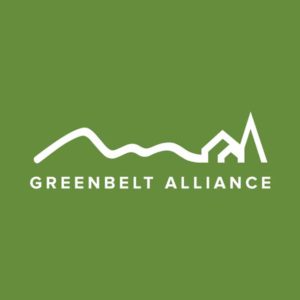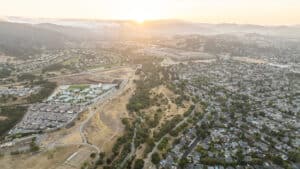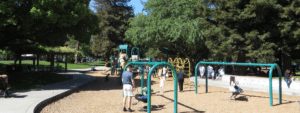Envisioning a future city that benefits everyone
Like many big cities, San Jose has distinct neighborhoods where generations of families have made their homes. That’s what attracts Rebecca Gallardo, who was born and raised in East San Jose, to stay. “The value of community is why I continue to live here,” said Gallardo, managing partner of Protelo Group Real Estate and a founding member of the Latina Coalition of Silicon Valley. “Each community is faced with its own challenges, but we are rich in our heritage with the beautiful Alum Rock Park and the East Foothills view.”

Studies show Latino students are now the majority in California’s public schools and that the state’s Latino and Asian voters are significantly more concerned about issues such as climate change and water pollution than the general population. It’simperative, then, to be more inclusive in planning for future growth so that decisions represent the entire community.
INCLUSIVE PLANNING
The draft version of San Jose’s Envision 2040 General Plan contains many great policies that support retrofitting tired strip malls into thriving transit villages. Success, though, depends on how the General Plan is implemented once it is adopted by the city council this summer. And this means there is need for broad support for the vision and goals of Envision 2040. If we do not proactively ensure that everyone has a seat at the table, then we will not make progress in achieving our shared goals.
Greenbelt Alliance has begun reaching out to San Jose’s many diverse neighborhoods. Engaging Latino, Asian, youth and senior communities allows us to discuss changes on the horizon, such as our aging and growing population, climate change, and a new economy. Honest discussions allow for the discovery of rich ideas and creative solutions and provide an opportunity to explain the benefits of transit villages and complete streets.
HEALTH AND CITY PLANS
The 2004 California Healthy Kids survey revealed that one in three Latino students age 6-19 were overweight and that at current rates one in two Latino children will develop diabetes. Equal access to parks, trails and healthy foods as well as to safe streets for walking and cycling is the foundation of a healthier lifestyle.
San Jose’s General Plan can move the city more in this direction. San Jose is already one of the best cities in the country for urban gardens and more than half its gardeners are immigrants. Growing fresh, traditional produce, Chinese, Filipino, Latino and Vietnamese people build community as they mix among the vegetable plants.
According to research by Public Health Law and Policy, 737 San Jose residents are on a waitlist for a community garden plot. Language in the draft plan can expand access to gardens for those who need it most. This is an example of how general plan policies, once implemented, can have an impact on people’s quality of life.
DEEPENING THE CONVERSATION
In 2010, Greenbelt Alliance met to listen and learn from leaders in San Jose’s Hispanic and Vietnamese communities. For example, last June, we participated in a discussion that connected the efforts of New Orleans’ Vietnamese in rebuilding their neighborhood after Hurricane Katrina to why San Jose’s Vietnamese have an important role to play in planning for the future of their community. Although these are just the first steps, we’ve already recognized how important and rewarding it is to develop relationships with new partners.
It is time to celebrate our diverse backgrounds, our cultural and historical heritages, as we plan for the future. This is what makes San Jose and the entire Bay Area such a dynamic, attractive place to live, work, and play.
Gallardo hopes for the best. “It is possible to make plans for our neighborhoods, even plans that involve significant redevelopment—the kind of redevelopment that brings in more revenue for the city and makes a place more ‘desirable’—that do not come at the cost of the people who already live there,” she said. “We should be, and can be, planning for the needs of everyone.”
~Michele Beasley
Senior Field Representative
Ellie Casson
Campaign Organizer





